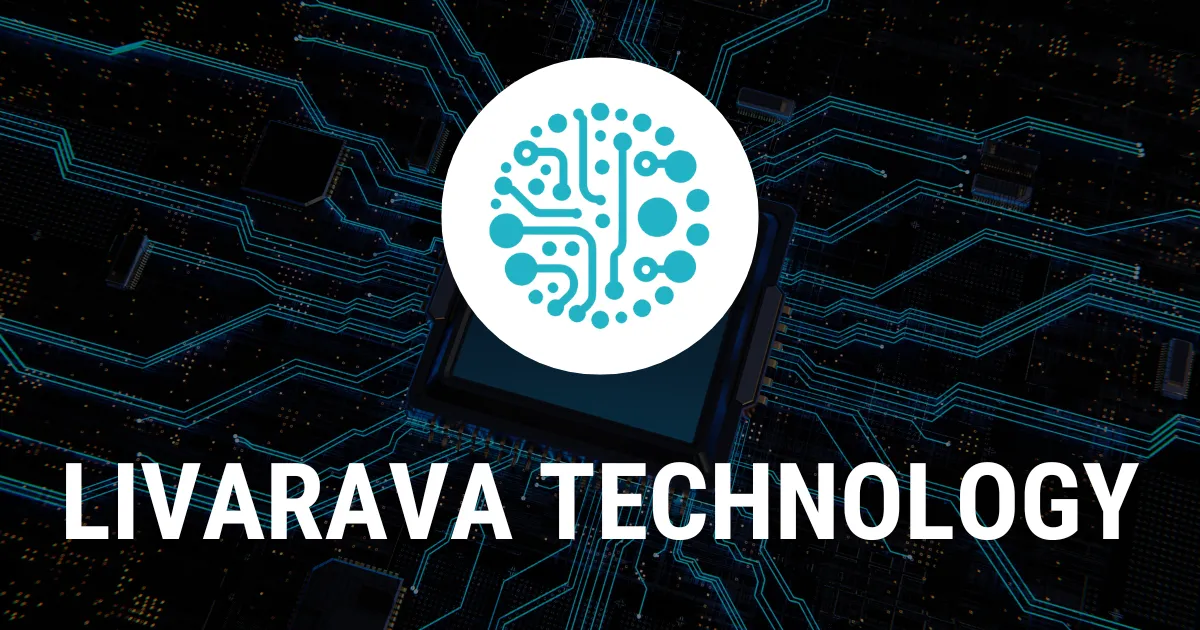Exploring AI's Role in Autonomous Work: Six Levels of Transformation

Understanding the Six Levels of Autonomous Work
The AI revolution is reshaping job functions worldwide. From generative analytics to predictive modeling, AI is becoming a core component of business strategy. In this article, we explore the six levels of autonomous work driven by AI technologies.
Level One: Augmentation
At this level, AI acts as an assistant, allowing professionals to enhance their productivity. For example, AI chatbots help in customer service, handling queries and freeing up human resources.
Level Two: Process Automation
AI starts automating repetitive tasks. This includes data entry and scheduling, minimizing the workload on employees.
Level Three: Decision Support
- AI tools analyze data and offer recommendations for decision-making.
- B companies can utilize AI to evaluate financial forecasts and marketing strategies.
Level Four: Autonomous Tasks
At this stage, AI can manage specific tasks independently, such as monitoring cybersecurity threats or performing diagnostic tests in healthcare.
Level Five: Full Automation
Here, AI systems take over entire workflows, from manufacturing to logistics. This phase signals a significant shift in employment paradigms.
Level Six: Replacement
The final level involves AI fully replacing human roles in certain sectors, particularly those that are procedural or algorithmic. This raises questions about workforce reskilling and available job opportunities.
Implications for the Future Workforce
The trajectory towards AI integration suggests that, in the near future, many companies will operate with AI as a foundational element. Understanding these transitions is vital for business leaders to remain competitive and ensure efficient resource allocation.
This article was prepared using information from open sources in accordance with the principles of Ethical Policy. The editorial team is not responsible for absolute accuracy, as it relies on data from the sources referenced.